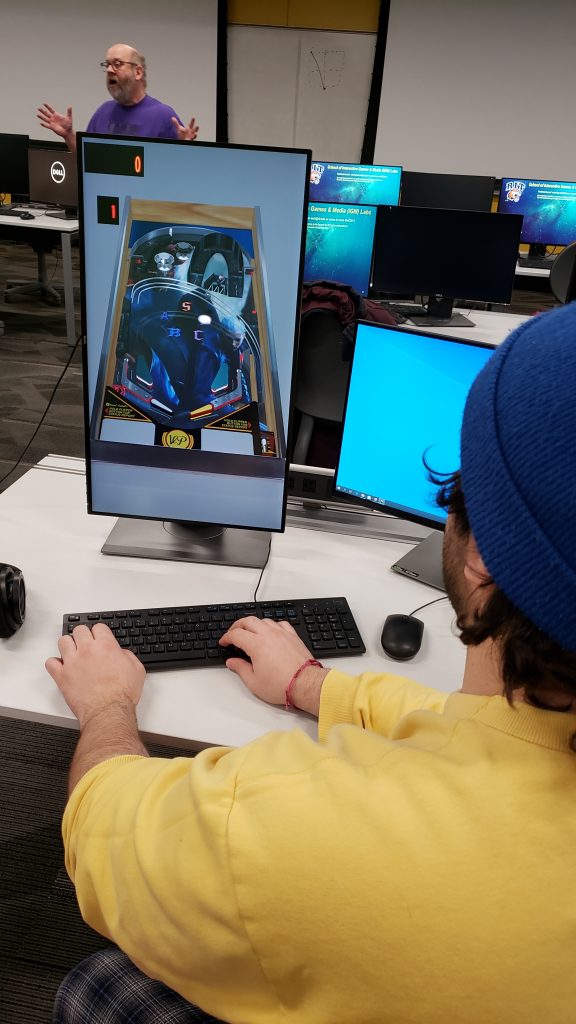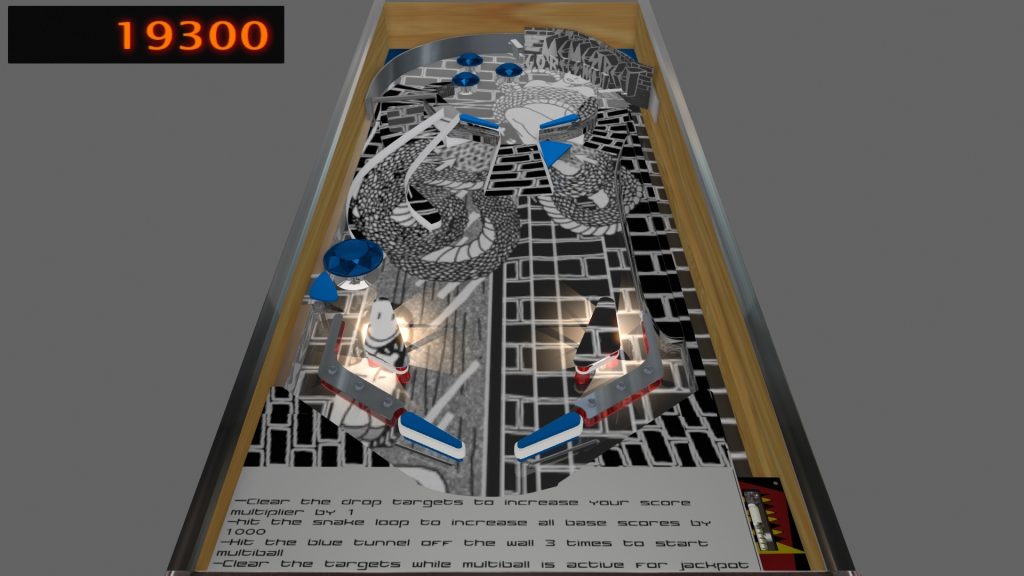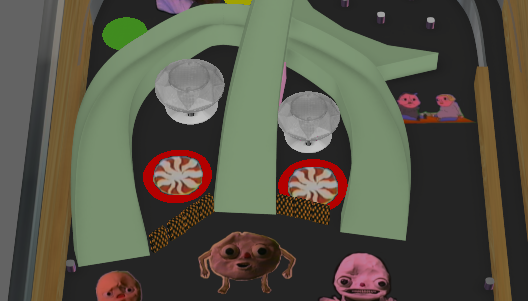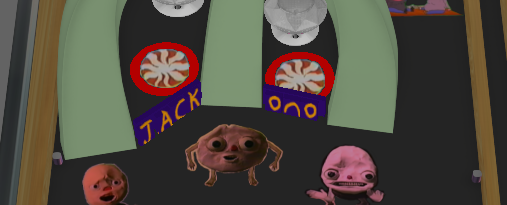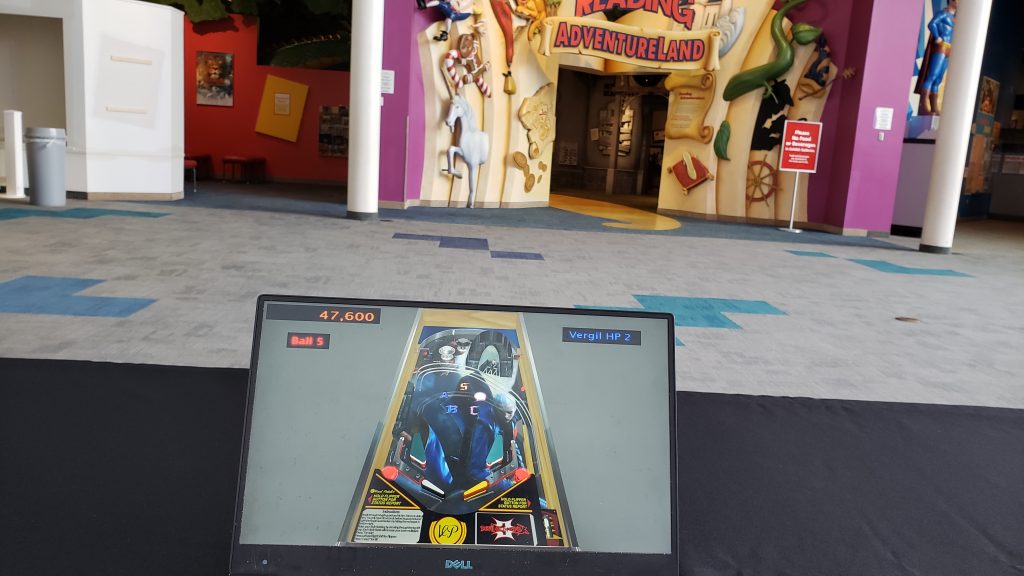With Outrun I have ended the semester on a high note. I implemented an additional mechanics, refactored the board based on player feedback, and added more visual elements and instructions to the board.
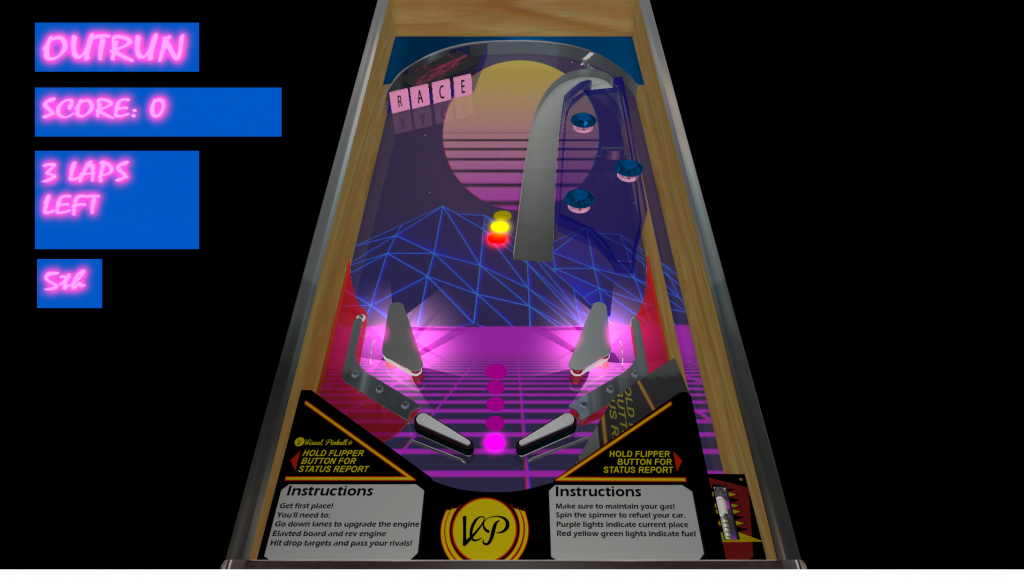
Regarding the Theme, people really liked the implementation of the outrun / vaporwave aesthetic. It made for a unique pinball experience. The sounds and the music were what really sold it for people though. Hearing HOME – Resonance really gave it that future funk feel, in conjunction with the backglass it sold the aesthetic.
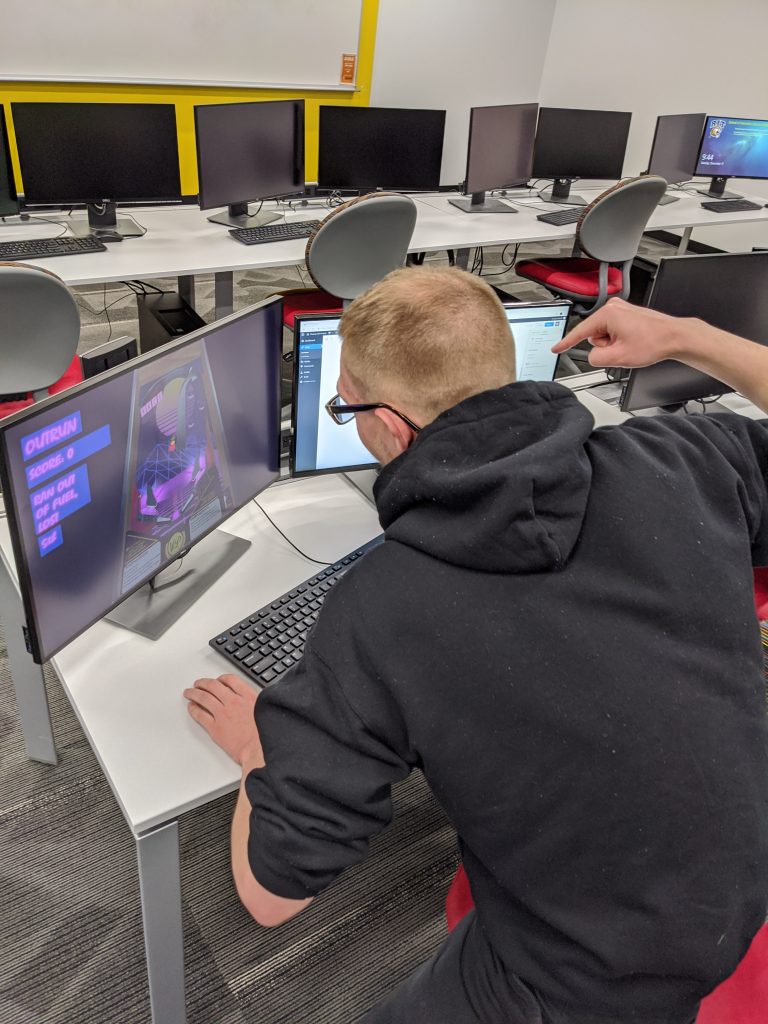
Some of the issues people had with the last iteration were fixed. The goal was unclear, but I added instructions and messages on the backglass to inform players of what they are supposed to do. It was not obvious that the elevated platform was elevated and player lost track of the ball when it was behind it, I moved the board down and made it semi-transparent to remedy this problem. The problems I had, the lack of lights and low jpeg quality decals, were fixed. There is now a set of lights that indicate your place in the race of the game, and light that indicate your fuel level.
Overall, I’m happy with my progress and that I ended the semester with a polished machine.


